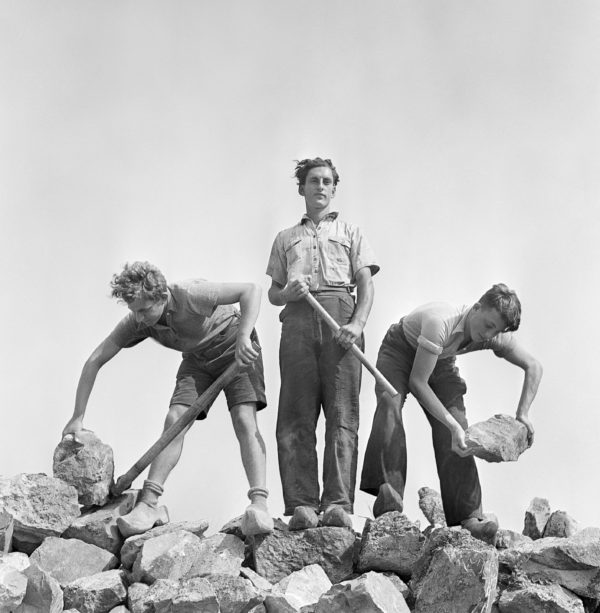Roman Vishniac (1897-1990) is remembered as the sharp-eyed observer who produced a priceless trove of some 15,000 photographs documenting Jewish life in Eastern and Central Europe before the Holocaust.
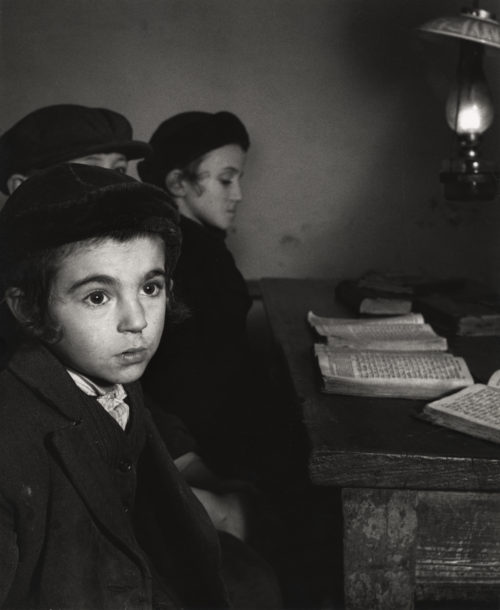
Assigned to this prescient project by the American Jewish Joint Distribution Committee, he poured body and soul into it. From 1935 to 1938, he travelled far and wide, visiting cities like Warsaw, Lublin, Luck, Krakow and Prague and capturing authentic images which seem like time capsules today.
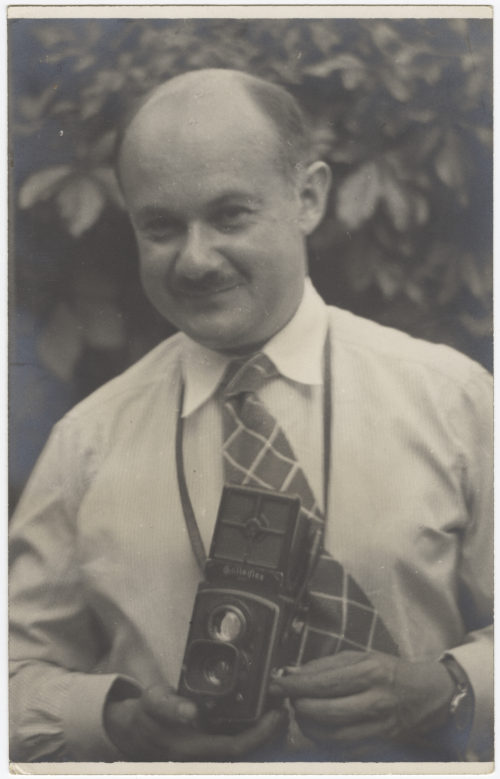
This period, though important, was a brief interlude in his 60-year career. Vishniac had previously photographed Weimar Berlin — where he lived after emigrating from Russia — and the rise of the Nazi contagion there.
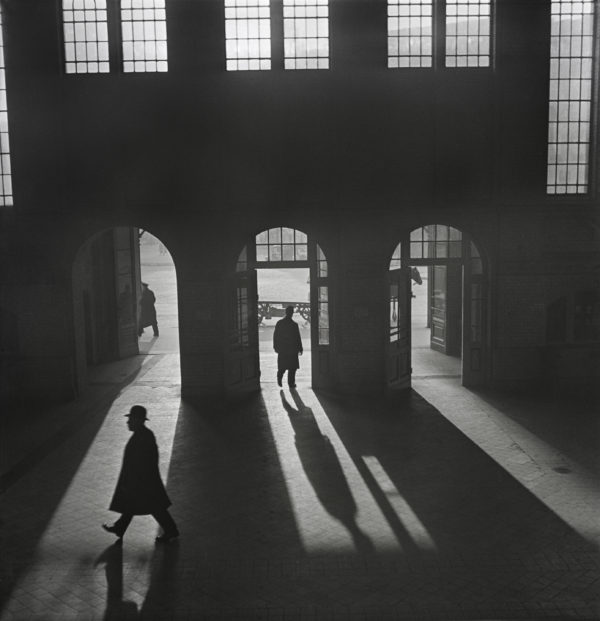
During the postwar period, he focused his gaze on, among other topics, Jewish refugees in displaced persons camps and the ruins of Berlin. As well, he developed techniques for filming microscopic life forms.
In 2013, the International Center of Photography in New York City, which had a long history of engagement with Vishniac, staged an exhibition of his previously unpublished and publicly unknown works, in addition to his more familiar photographs. Roman Vishniac Rediscovered was curated by Maya Benton, who had established the Roman Vishniac Archive at the International Center of Photography in 2008.
Vishniac’s body of work has now been published by DelMonico Books/Prestel under the title of Roman Vishniac Rediscovered. It’s an impressive coffee-table book of nearly 400 pages brimming with evocative black-and-white photographs and thoughtful essays.
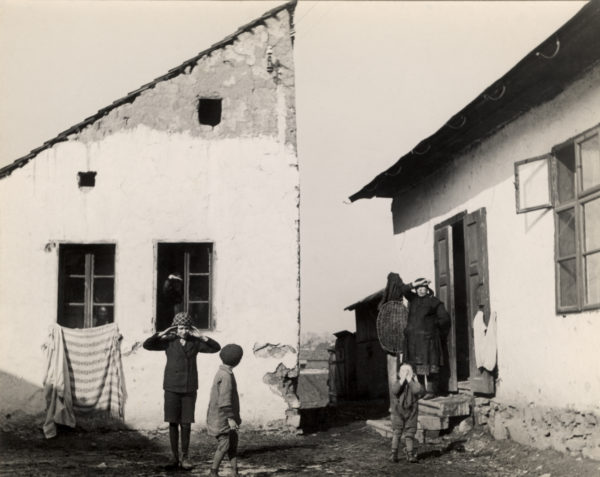
It might be regarded as a companion volume to A Vanished World, which appeared in 1983 and won the National Book Award.
The photographs in Roman Vishniac Rediscovered are eclectic. Pedestrians fill a crowded Jewish shopping district in Warsaw. A man steers a horse-drawn cart. A vendor hawks goods. An ultra-Orthodox Jew strolls on a cobblestone street. Boys study in a yeshiva.
Beyond these iconic images, penetrating photographs portray pre-war Paris, Berlin in the aftermath of World War II, the arrival of Jewish refugees in DP camps and New York City.
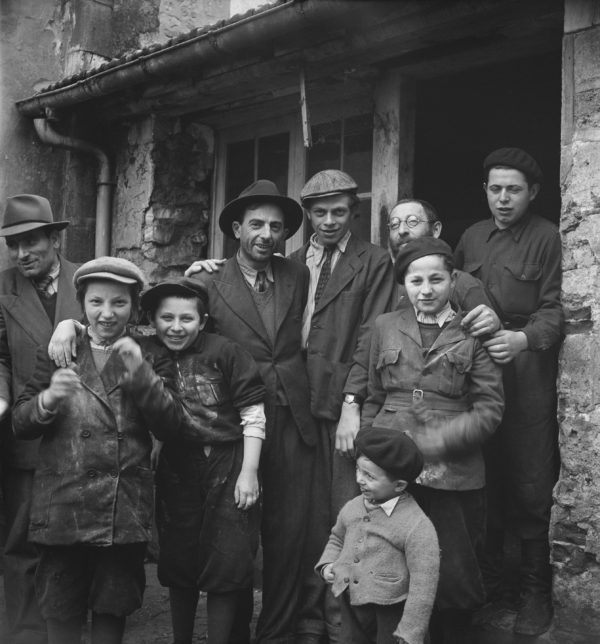
The essays deal with Vishniac’s full range of interests and preoccupations. Barbara Kirshenblatt-Gimblett writes on Vishniac in Warsaw. Benton contributes an essay on Vishniac on assignment in Eastern Europe. Daniella Doron focuses on Vishniac’s photographs of DP camps in France. Deborah Dash-Moore offers observations on his New York photographs.
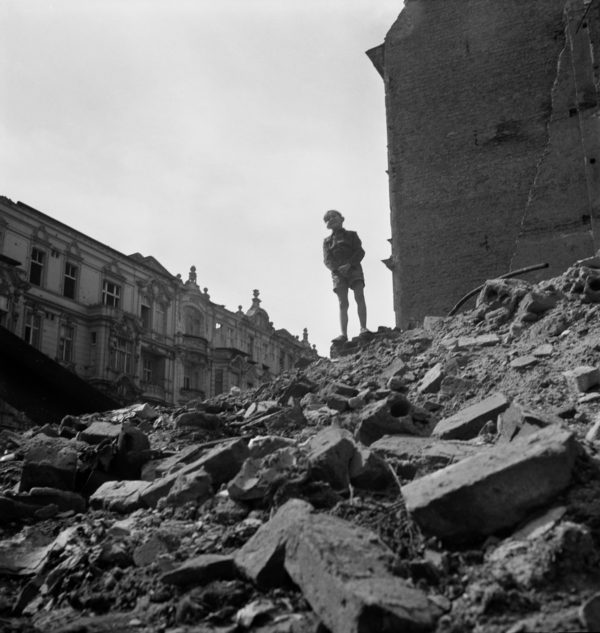
Roman Vishniac Rediscovered pays homage to a dedicated and talented photographer whose imperishable photographs of Europe and America leave an indelible impression in our hearts and minds.
